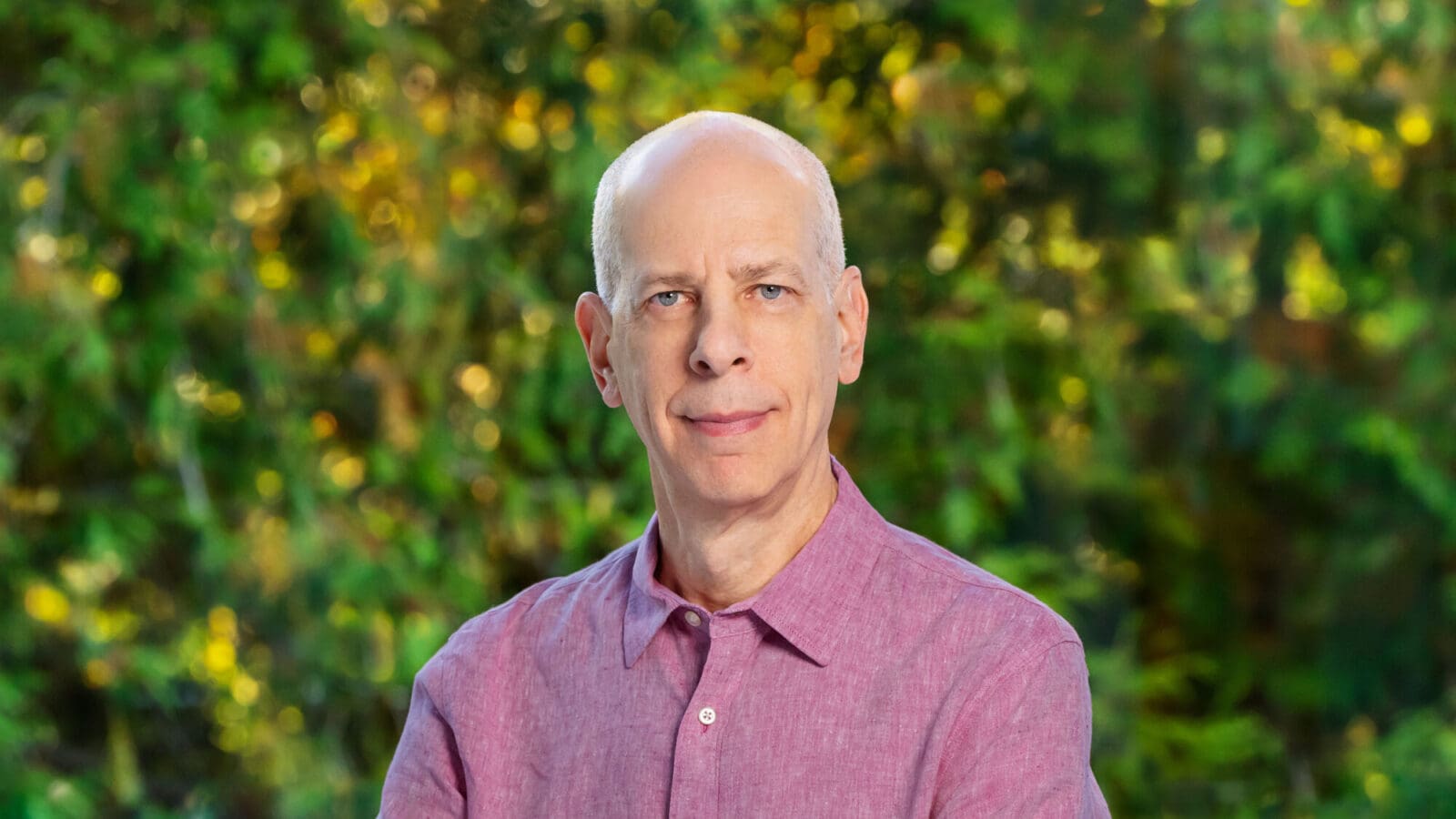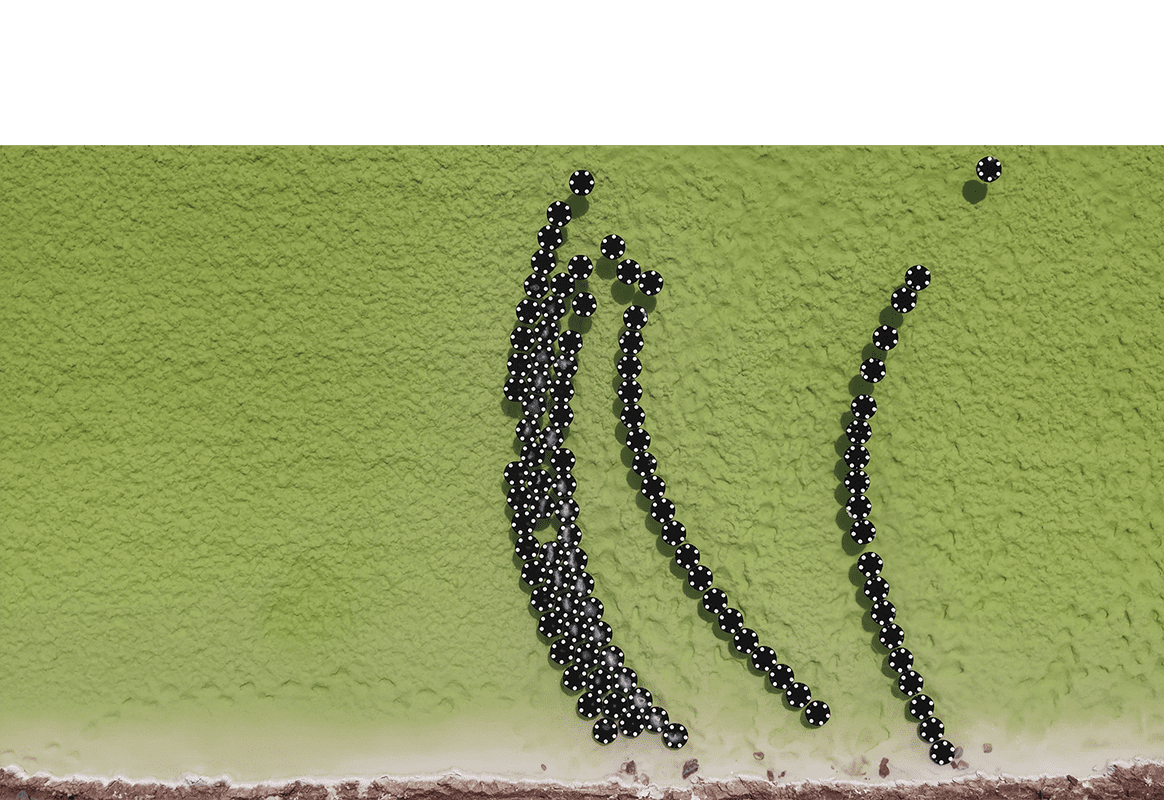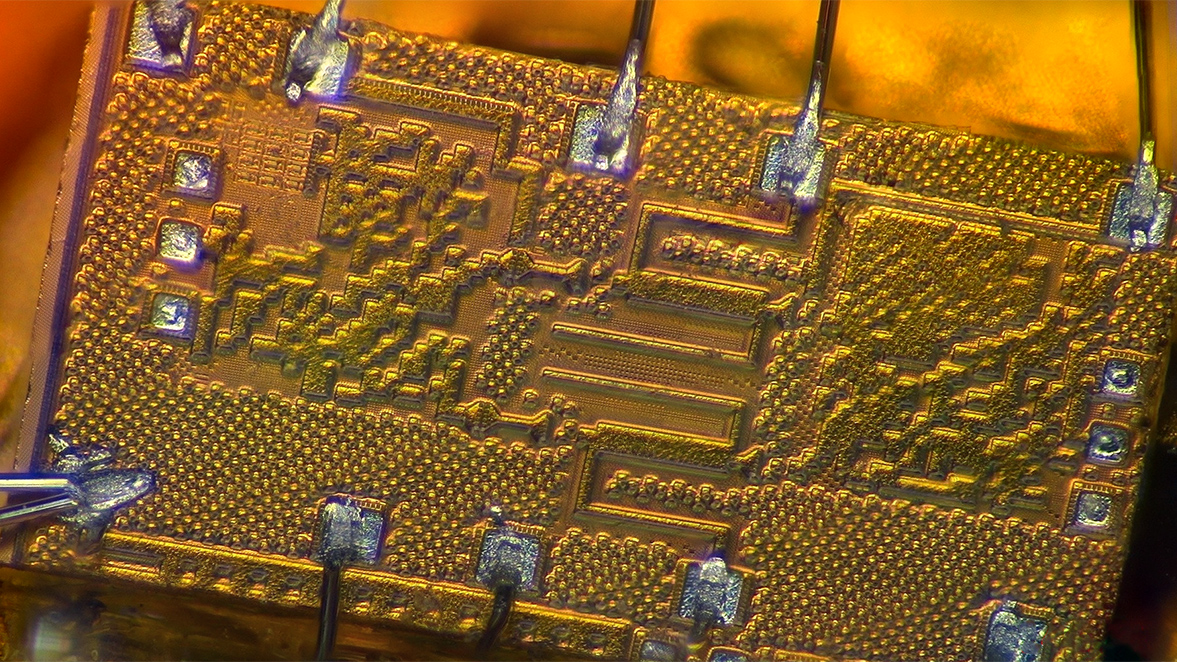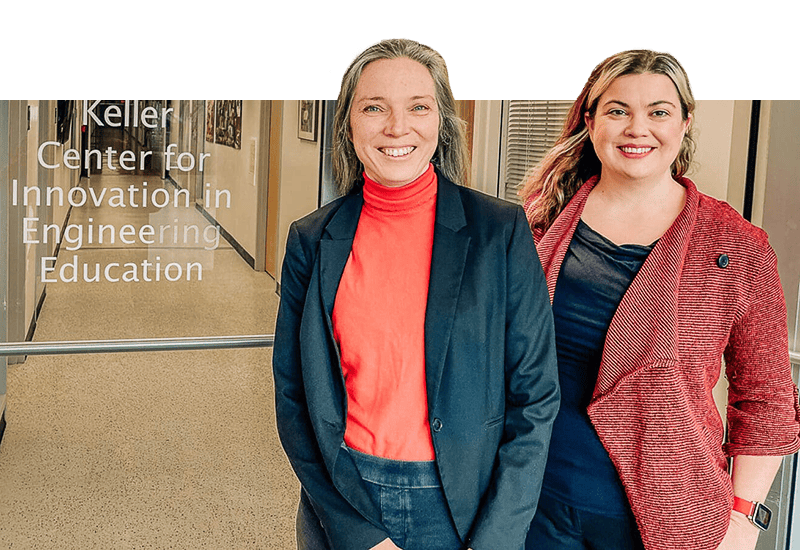Guillermo Sapiro, a leader in image processing, computer vision and machine learning, has joined the Princeton faculty as the Augustine Family Professor in Engineering and a professor of electrical and computer engineering.
Sapiro is scheduled to start at Princeton in January 2025, after 13 years at Duke University. He is also a distinguished engineer with Apple, where he leads a team on health-related AI tools. Throughout his career, Sapiro has straddled academia and industry and moved fluidly between deep theoretical questions — his graduate work was essentially all math — and the development of technologies used in space exploration, health care and design.
While a researcher at Hewlett-Packard in the 1990s, he was on a team that invented an algorithm that enabled Mars rovers to beam high-definition pictures back to Earth. Later, as an academic, he developed image-processing technology that has since been incorporated into Adobe photo and video editing products. He developed FDA-approved technology for brain surgery already in use at multiple hospitals.

More recently, he teamed up with a leading autism researcher at Duke and created a tool that helps doctors diagnose the disorder faster and earlier in young children. Packaged as an app for smartphones and tablets, the technology detects subtle cues in children as they watch specially designed videos. The app can diagnose autism spectrum disorder in children as young as 18 months, with ongoing work to push that capability even younger — a huge boon for families facing wait times of more than a year to get diagnoses. Early intervention in autism spectrum disorder can mean the difference between dependent and independent adults. Sapiro’s technology promises to help millions of children get the interventions they need.
“Sometimes there is a misunderstanding that applications are easy, or easier than theory,” Sapiro said. “I don’t think it’s a matter of easy or hard.” He said rigorous attention to technological problems, especially in moving from lab bench to industrial product, often involves thinking deeply and creatively about the theoretical underpinnings of those problems.
“When we are focused on making an impact and working on applications,” he said, “we end up opening problems that are really new and very hard.”
The algorithm used by NASA, for example, compressed image files until they were small enough to send from Mars but did not sacrifice quality in the process. This so-called lossless compression enabled the rover Sojourner to send more than 500 scientifically important photographs of the red planet’s Ares Vallis in the summer of 1997. And it sharpened humanity’s view of Mars forever.
While Sapiro never could have predicted his technology would end up in the guts of a Mars rover, the algorithm’s transformative power was no accident. He said he could go through each of the algorithm’s features and cite the foundational papers from information theory that enabled them. That impulse to wed theory and technology has become something of a signature for Sapiro.
“I’m trying to do the same with the health applications,” he said, where “the foundation does not come only from math but also from biology and from medicine.”
Other times his work turns the other way around. A problem encountered while developing a technology leads his team to study unsolved theoretical questions. As often as not, he said, that theoretical work will take on a life of its own, guiding him to places that have almost nothing to do with the original technological problem, even as that problem gets solved along the way.
Sapiro has published more than 500 peer-reviewed journal articles, conference papers and book chapters in a career that reaches back to the late 1980s. He is also an inventor on 14 patents and the author of a 2001 book titled “Geometric Partial Differential Equations and Image Processing.” He credits his master’s thesis adviser David Malah, an important figure in the development of computers’ ability to recognize human speech, with instilling in him the fastidious approach to science and innovation that has enabled him to accomplish so much. This education was complemented by his Ph.D. adviser Alen Tannenbaum, a giant in the fields of control, computer vision and mathematical oncology.
“David was the one who corrected my papers a hundred times until they were perfect,” Sapiro said. “Allen encouraged me to always work on hard and fresh problems.”
Sapiro is a fellow of the American Academy of Arts and Sciences (math division), the Society for Industrial and Applied Mathematics and the Institute of Electrical and Electronics Engineers; and he is an elected member of the National Academy of Engineering. He has received numerous awards along the way and delivered endowed lectures at prestigious institutions from Oslo to Hong Kong. Before his tenure at Duke, he was the Distinguished McKnight University Professor at the University of Minnesota. While at Minnesota, he became the founding editor-in-chief of the SIAM Journal on Imaging Sciences, a top journal in applied mathematics.








